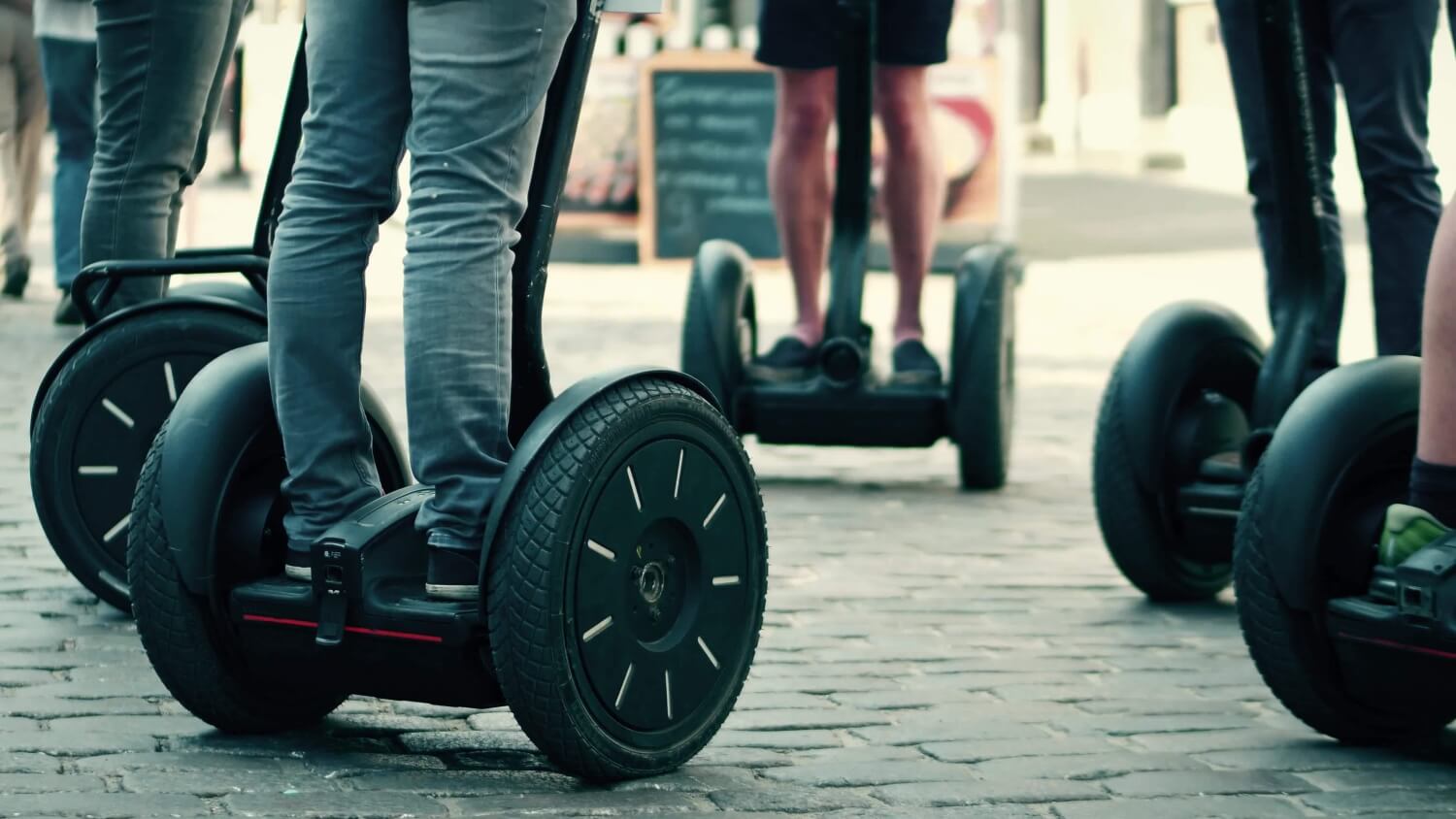Recap: Few technological devices generated as much hype as the original Segway nearly two decades ago. Apple CEO Steve Jobs thought it would be as big of a deal as the PC. Venture capitalist John Doerr said it could be bigger than the Internet itself. Both were wrong.

Known as the Segway Human Transporter, the two-wheeled self-balancing personal transporter felt as if it had been pulled straight of out of a sci-fi novel when it debuted in late 2001. The electric-powered scooter relied on a series of tilt and gyroscopic sensors to maintain its balance as riders zipped along at a top speed of up to 10 mph.
Fast Company on Tuesday reported that the brand’s current owner is retiring the Segway personal transporter line as we know it. Manufacturing at its plant in Bedford, New Hampshire, will cease on July 15, the publication said. A total of 21 employees will be let go although a skeleton crew will remain in place to handle various duties like warranties and repairs.
As Fast Company highlights, Segway never really gained much traction… at least, not the traditional implementation. Due to safety concerns, the scooters were well-made with multiple backup systems in place to take over if another part failed. This was great for rider safety but not so much for a company that wanted to sell a lot of products.
In short, Segways didn’t break very often, meaning owners had little reason to replace them with newer models as they still worked just fine. Their design didn’t evolve much over the years, either, which led to even fewer owners upgrading.

Segways did become relatively popular among police departments and with vacation rental groups whose customers appreciated the novelty of touring a city on the two-wheeled machines.
Segway’s creator, Dean Kamen, sold the company in 2009 and hasn’t been involved in its operation since. Chinese mobility company Ninebot acquired the firm in 2015 and plans to continue to build products using the Segway name.
Image credit: Novikov Aleksey, Chad McDermott
